Early autumn colours in 2020 brought on by changing climate
Apologies to anyone expecting a late summer Roe deer project this year. I cycled 260 miles to produce the last one in June, followed by a butterfly project over July. This was my annual leave and I didn't want to spend the entire summer working. I find landscape photography very relaxing, especially compared to pedaling an eBike and payload weighing a combined 40kg over 50 miles in one day. Believe me, riding an eBike is not 'cheating' or 'easy'. It just makes the journey feasible! I am allowed to use public transport now, although the situation may change soon, due to surging Covid-19 infection rates. I may be returning to the saddle sooner than expected!
The United Kingdom is warmer than it should be for its latitude, due to Atlantic ocean currents, although the British climate is known for being cool and rainy. The period 2015 - 2020 is about 1.2°C warmer globally than pre-industrial levels. South-east England is noticeably warmer today, with mild and wet winters and increasingly dry summers. Ten years ago, in Brighton and Hove, where I live, temperatures of 26°C would be a talking point. Five years ago, that increased to 29°C. Southerly sea-breezes would always keep maximum temperatures down, compared to inland Sussex. Easterly winds in July 2018 allowed the mercury to reach 31°C, with the same temperature recorded in July 2019. August 2020 brought four days in excess of 30°C, with hot northerly winds creating a new record of 33°C at Shoreham Airport on 9th August.
The side-effects of climate change are quite pleasant for many of us in southern England. It's tempting to believe everything is fine, even as wildfires ravage California, Argentina, the Amazon and Siberia. Since we are dependent on capitalism to meet all our basic needs, many of us find it difficult to step outside of the little black ideological boxes we have grown up in. The so-called 'mainstream' media prime us to imagine that alternatives to capitalism are either Soviet-style bread queues or reverting back to the Stone Age. This mental paralysis leads us to accept a world in which a tree, rhino or pangolin is worth more dead than alive, where entire landscapes are razed to extract fossil fuels and minerals or to grow soya and produce palm oil. Everything mundane and every organism is a marketplace, to be used for profit-extraction by psychopathic corporations. The event horizon is getting nearer. Generation Z could grow old in a perfect storm of climate breakdown, ecological collapse, conflict over who controls dwindling resources and pandemic disease.
The side-effects of climate change are quite pleasant for many of us in southern England. It's tempting to believe everything is fine, even as wildfires ravage California, Argentina, the Amazon and Siberia. Since we are dependent on capitalism to meet all our basic needs, many of us find it difficult to step outside of the little black ideological boxes we have grown up in. The so-called 'mainstream' media prime us to imagine that alternatives to capitalism are either Soviet-style bread queues or reverting back to the Stone Age. This mental paralysis leads us to accept a world in which a tree, rhino or pangolin is worth more dead than alive, where entire landscapes are razed to extract fossil fuels and minerals or to grow soya and produce palm oil. Everything mundane and every organism is a marketplace, to be used for profit-extraction by psychopathic corporations. The event horizon is getting nearer. Generation Z could grow old in a perfect storm of climate breakdown, ecological collapse, conflict over who controls dwindling resources and pandemic disease.

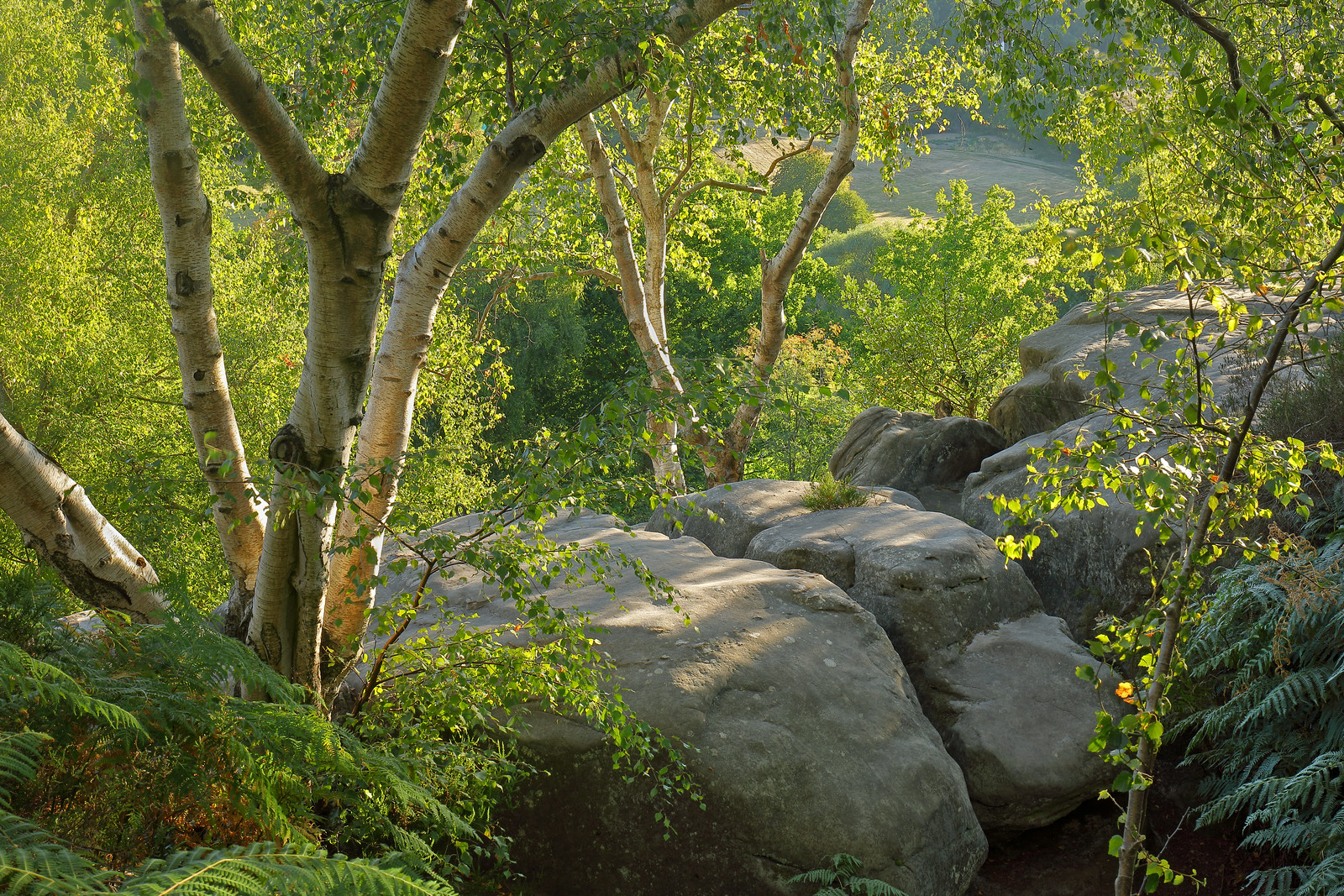
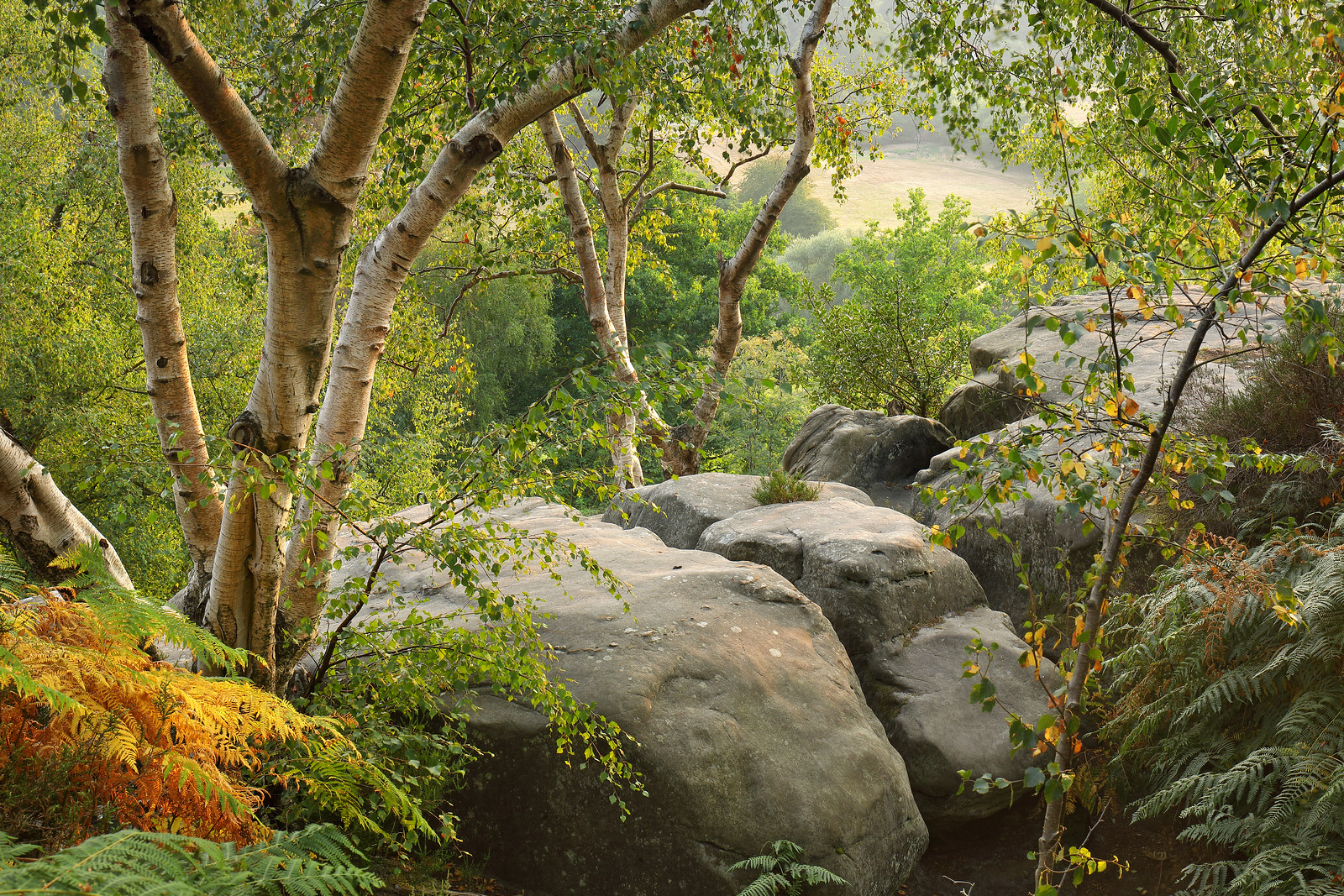
I photographed these two scenes just one week apart (August 6th and August 13th). During this period, the area (Sussex/Kent border) experienced six days, where the temperature reached 33 - 35°C. Parts of south-east England received about 60% below average rainfall for the period April - August 2020. The August heatwave triggered early autumn colours from already drought-stressed trees and ferns. In Brighton and Hove, many leaves simply withered away and disintegrated, leaving trees bare several weeks before they usually begin turning yellow. Some trees in the city have had November colours since July, while others look dead. Any rain that fell, quickly evaporated in strong, dry winds. Caterpillars this summer may struggle to fatten themselves up for pupation. With flash-flooding in winter and drought in summer, farmers increasingly report soil erosion, waterlogged fields and decreased crop yields. As south-east England makes a transition to a warm summer climate with a dry season, many native animals reliant on summer vegetation may not adapt.
The ferns below should remain green well into September, but they had late-October colouring by August 13th. The fern fronds were completely dead when I returned one month later. Vegetation in exposed sites like this stand no chance during prolonged spells of dry, hot weather. The Forestry Commission erected posters warning visitors not to light fires or drop cigarettes. Had a fire broken out, the strong winds that defined summer 2020 would have left the forest razed to cinders.

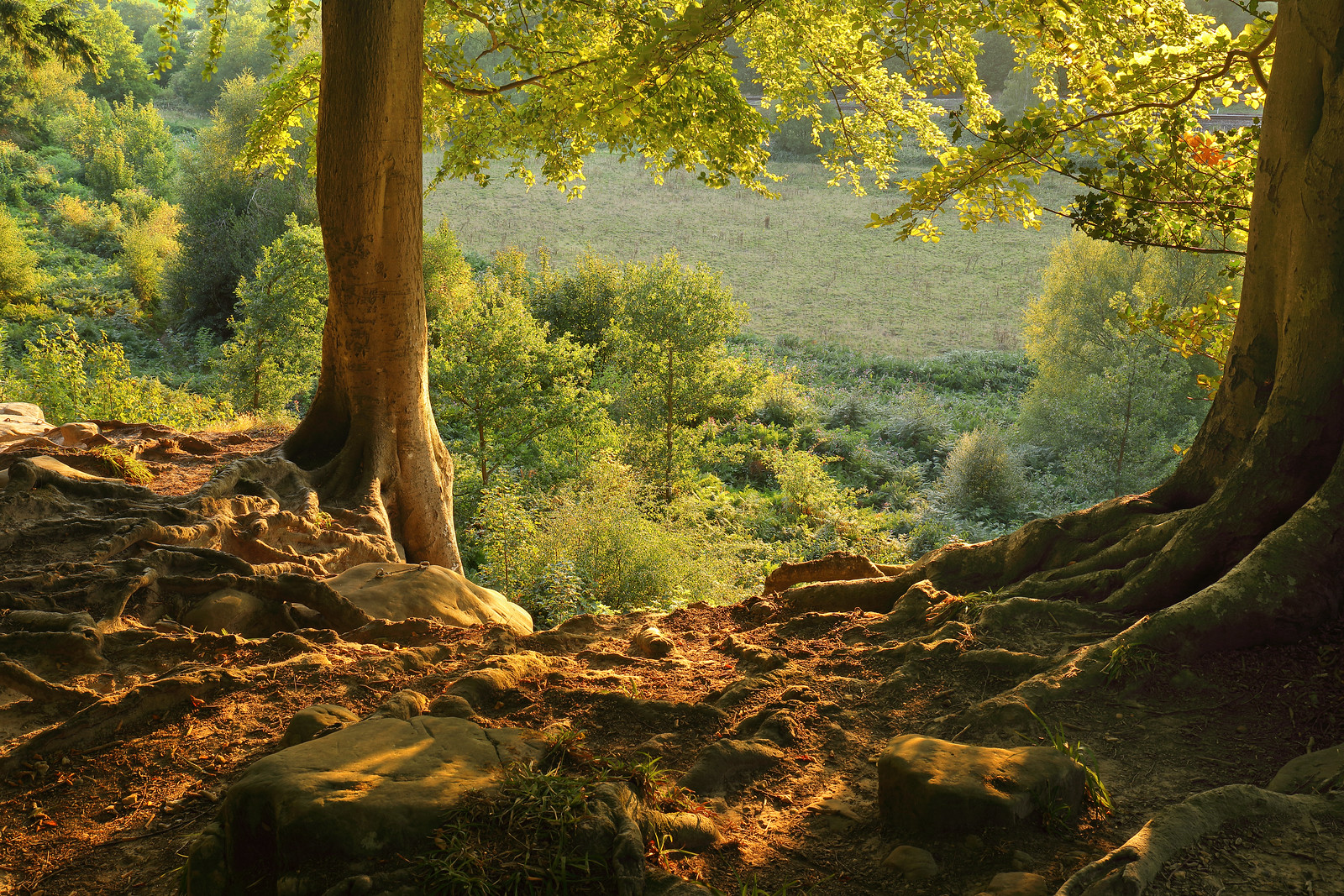
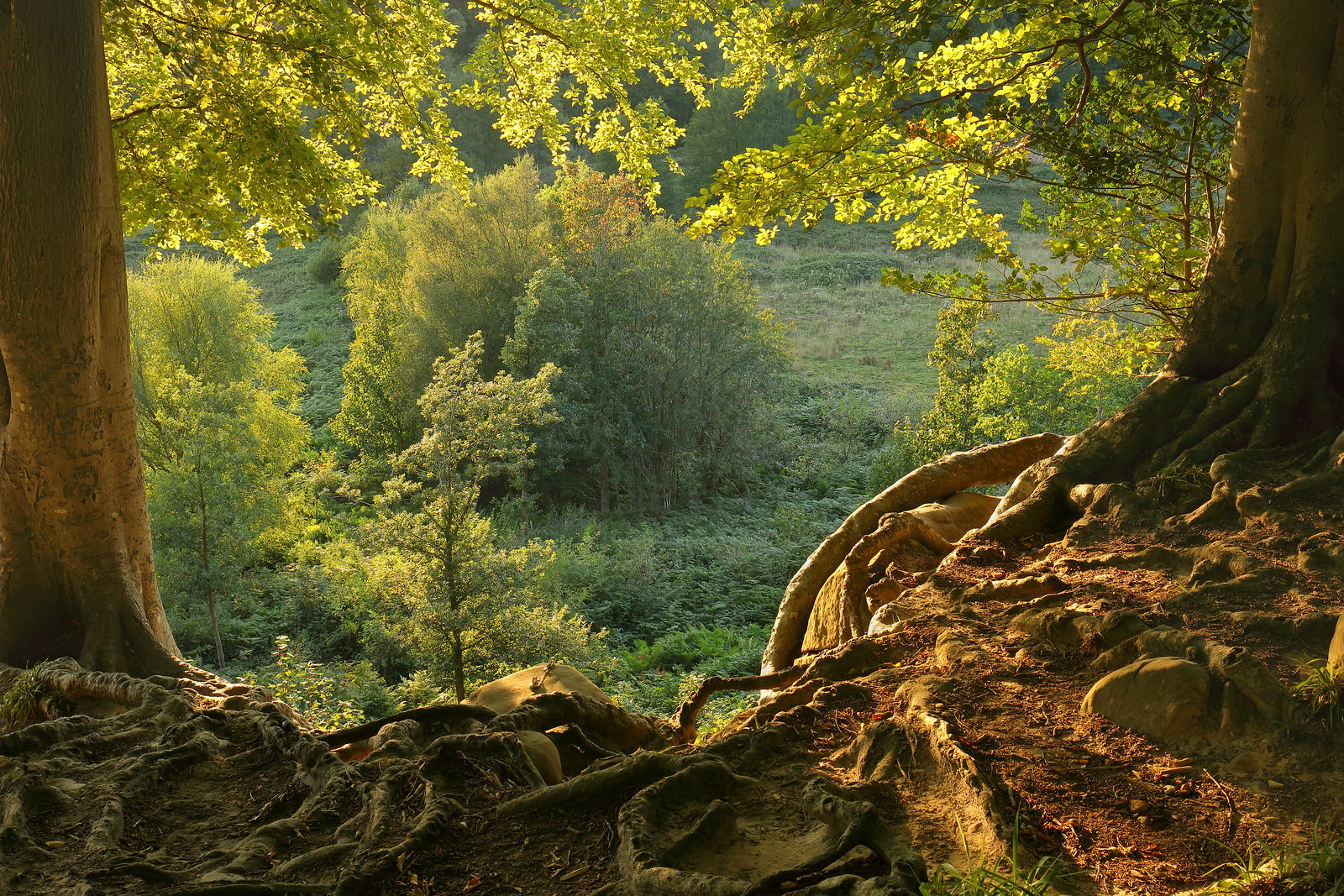
Friston Forest (see below) is nearer to the south coast and therefore one would expect it to be cooler, but the nearest weather station still recorded 32 - 34°C over six successive days. The forest remains green, because beech trees are more resilient to heat and drought than birch, chestnut, oak and ferns. Since Friston Forest is quite dense, the canopy serves to cool temperatures enough to prevent sun scorching.
I can't promise anything this autumn due to the rapidly changing lockdown rules. It's likely that use of public transport will once again be restricted to essential travel only. Chailey Common is within relatively easy reach for mushrooms and toadstools. I explored woodlands near Uckfield last autumn. Unless new rules prevent any non-essential travel, I expect to be cycling to my destinations this autumn.
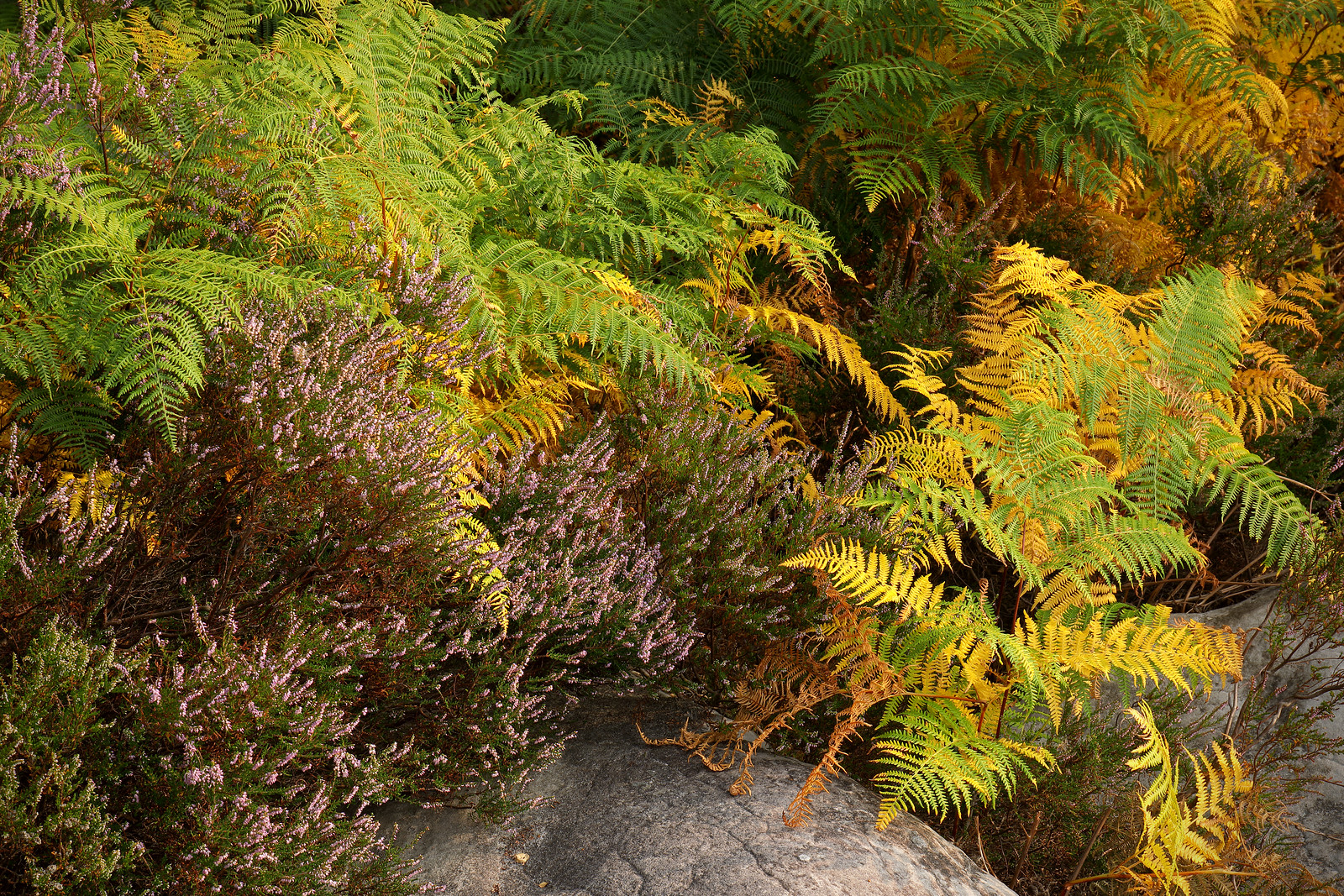

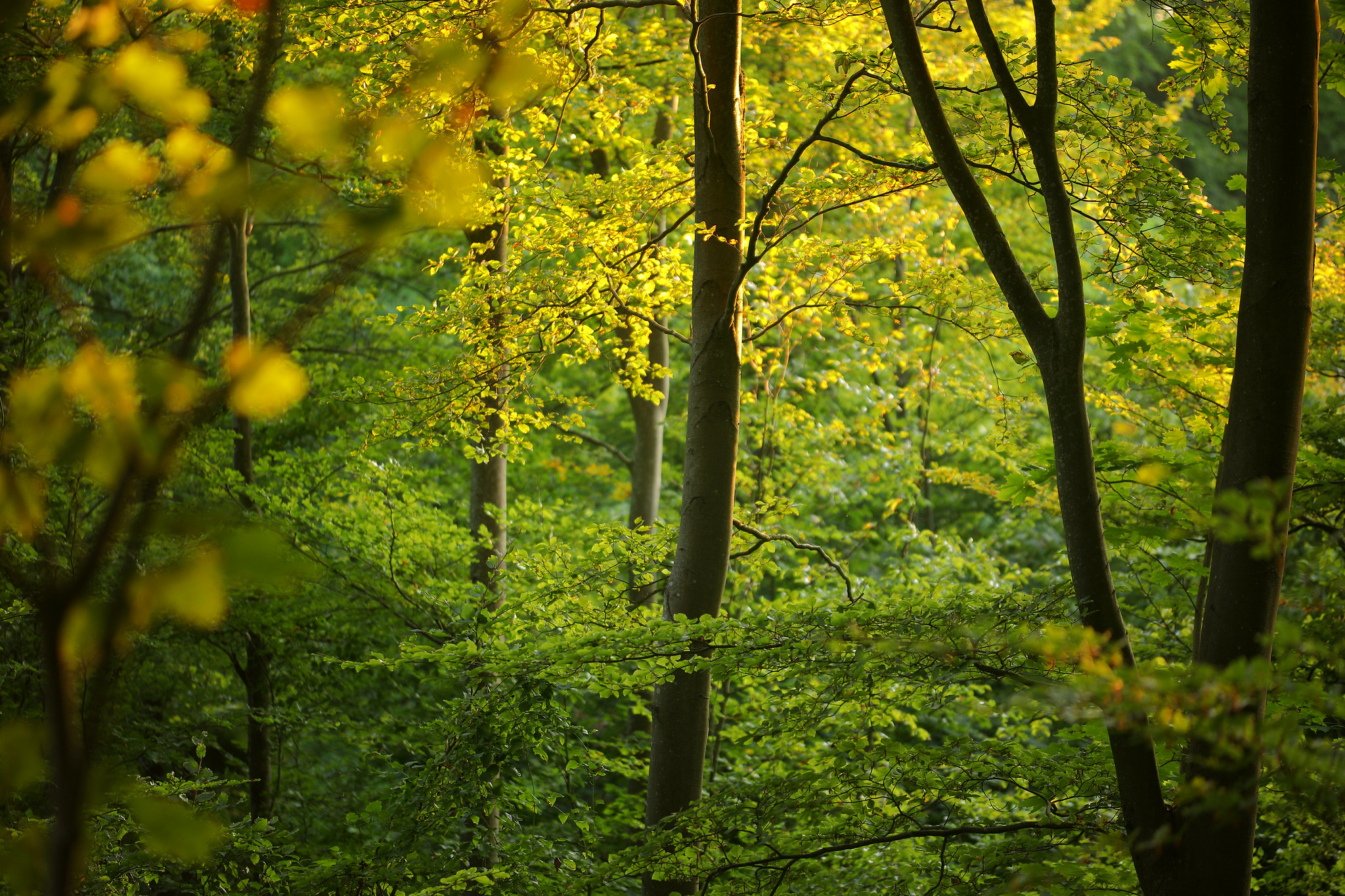

Comments